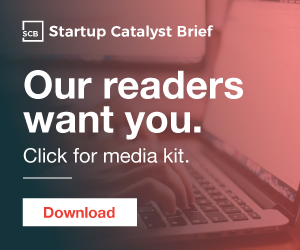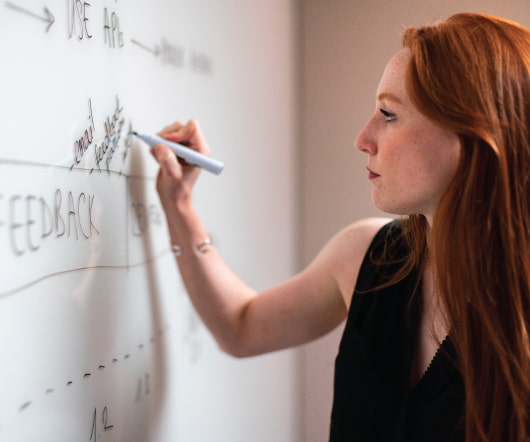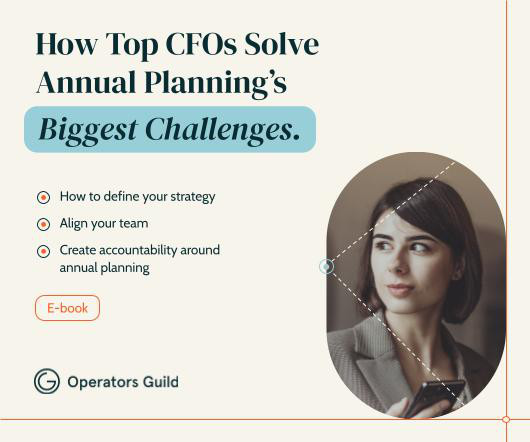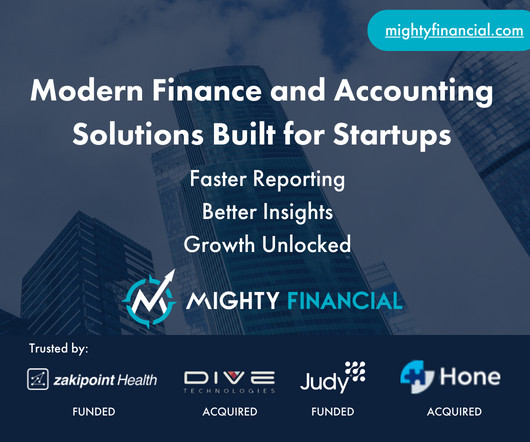The Most Interesting Online Video Trend
Both Sides of the Table
FEBRUARY 18, 2013
This article originally appeared on TechCrunch. By now many of you know the Harlem Shake but what you may not appreciate is the broader trend behind the video and it has mirrored my general views on how TV will work in the future. Harlem Shake is a YouTube phenomenon that in just 2 weeks has gone from nothing to on air on both Jon Stewart & Stephen Colbert and collectively the Harlem Shake has been viewed around 200 million times.






































Let's personalize your content